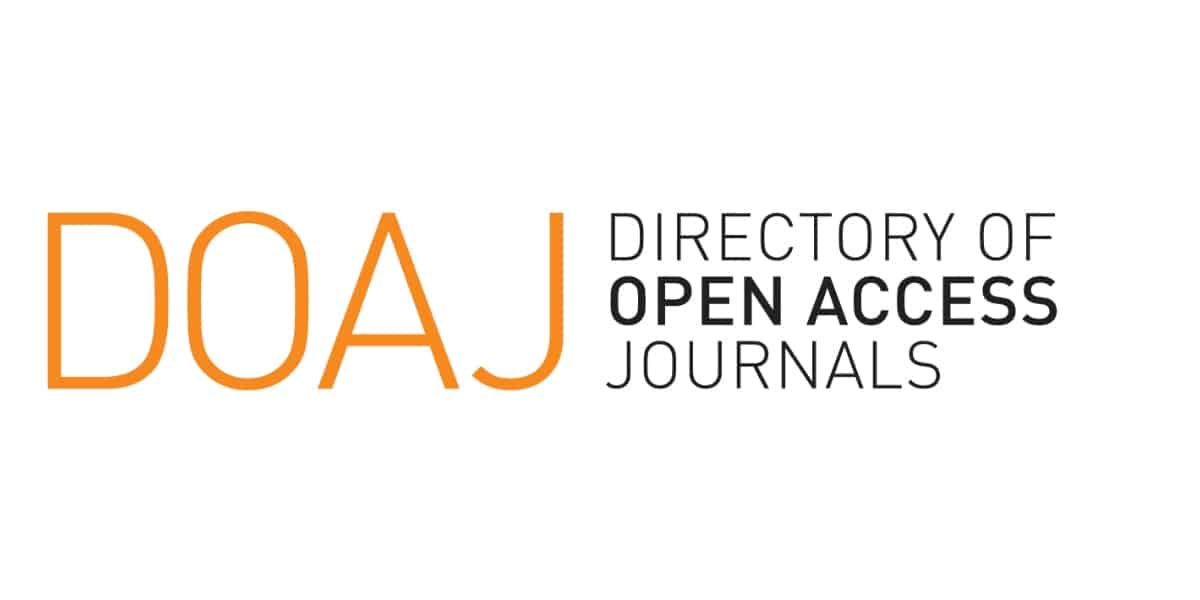Usulan Perencanaan Tata Letak Gudang Bahan Penolong Menggunakan Metode Class Based Storage di PT. XXX
Keywords:
bahan penolong, class based storage, fsn, manajemen gudang, manufakturAbstract
Warehouses play an important role in the logistics management of manufacturing companies, especially in supporting the smooth production process of PT. XXX, as the most complete fertilizer manufacturer in Indonesia. There are problems regarding the management of auxiliary materials warehouse, such as overstocking of some materials and sub-optimal warehouse layout. The purpose of this research is to optimise the warehouse layout of auxiliary materials at PT XXX by using the class-based storage (CBS) method and the fast moving, slow moving and non-moving (FSN) classification approach. The research method includes primary data collection through observation and interviews, as well as secondary data from the company's warehouse management system and references. According to the FSN analysis, there are three fast moving materials, seven slow moving materials and two non-moving materials. The layout optimisation results show that the main fast-moving materials increased by 10%, Al(OH)3 by 13% and Rough Jumbo Dolomite by 71%. In addition, non-moving materials such as acid clay and ferrous sulphate were removed, reducing the capacity of red clay by 64%. In this way, the class-based storage approach allows warehouse management to be more structured, efficient and responsive to operational needs.
References
[1] Huang, Zhuoyu, et al. "The implementation of Industry 4.0 in manufacturing: from lean manufacturing to product design." The International Journal of Advanced Manufacturing Technology 121.5 (2022): 3351-3367.
[2] J. Gu, M. Goetschalckx, and L. F. McGinnis, “Research on warehouse design and performance evaluation: A comprehensive review,” Eur J Oper Res, vol. 203, no. 3, pp. 539–549, Jun. 2010, doi: 10.1016/J.EJOR.2009.07.031.
[3] Juliana, Heldy, and Naniek Utami Handayani. "Peningkatan kapasitas gudang dengan perancangan layout menggunakan metode class-based storage." J@ ti Undip: Jurnal Teknik Industri 11.2 (2016): 113-122.
[4] C. Ramadhan Pratama and S. Ardo Wibowo, “Optimalisasi Ruang Gudang Dan Peningkatan Material Menggunakan Sistem Ofo Di PT XXX,” Jurnal Logistica, 2022.
[5] M. Arif Alfriyan Syah, “Usulan Perbaikan Tata Letak Pada Gudang Kantong Memakai Analisis ABC dan Metode CBS di PT XYZ,” Journal of Information Technology and Computer Science (INTECOMS), vol. 7, no. 3, 2024.
[6] Siagian, Firman Oloan, Florida Butarbutar, H. Suwanda,"Perancangan Tata Letak Material di Gudang Bahan Baku Menggunakan Metode Class Based Storage Di PT KMI Wire and Cable." Jurnal Industrikrisna Vol 12.1 (2023).
[7] I. Sekarini, I. Widowati, E. Setiadewi, D. Ade, and R. Diem, “Perbaikan Tata Letak Gudang Material Kemasan Dan Dus Menggunakan Metode Class-Based Storage (Studi Kasus PT. Dwi Prima Rezeky),” Jurnal Teknologika, vol. 13, no. https://doi.org/10.51132/teknologika.v13i1.261, 2023.
[8] T Novilasari, Tri Astuti. "Penerapan Sistem Informasi Inventori Barang Berbasis Web pada Gudang Rumah Sakit Bhakti Asih Tangerang." Jurnal Sistem Informasi 12.2 (2023): 77-82
[9] Kemal, Muhamad Kemal Suhud, Indra Gumelar, and Afif Fawa Idul Fata. "Penerapan Strategi Peningkatan Hasil Penjualan di Gudang Jaya Plaza Telur Dengan Menggunakan Metode SWOT dan AHP." Jurnal Teknologika 12.2 (2022): 295-307.
[10] Ratiningsih, “Penerapan Metode Economic Order Quantity (EOQ) Untuk Meningkatkan Efisiensi Pengendalian Persediaan Bahan Baku Pada CV Syahdika,” Jurnal Ekonomi & Manajemen Universitas Bina Sarana Informatika, vol. 19, no. 2, 2021, doi: 10.31294/jp.v17i2.
[11] H. Handayani, K. U. Faizah, A. Mutiara Ayulya, M. F. Rozan, D. Wulan, and M. L. Hamzah, “Perancangan Sistem Informasi Inventory Barang Berbasis Web Menggunakan Metode Agile Software Development,” Jurnal Testing dan Implementasi Sistem Informasi, vol. 1, no. 1, pp. 29–40, 2023.
[12] Y. Nursyanti et al., “Usulan Tata Letak Penyimpanan Barang Jadi pada Industri Manufaktur Menggunakan Metode Class Based Storage,” Jurnal Teknologi dan Manajemen Industri Terapan (JTMIT), vol. 3, no. 1, pp. 27–39, 2024.
[13] E. A. Rahayu and R. Y. H. Silitonga, “Perbaikan Tata Letak Gudang PT PYT dengan Memperhatikan Jarak, Waktu Handling, dan Utilitas Ruang Penyimpanan,” Journal of Integrated System, vol. 7, no. 1, pp. 31–51, Jun. 2024, doi: 10.28932/jis.v7i1.8678.
[14] M. Hudori, & Niro, and T. B. Tarigan, “Pengelompokan Persediaan Barang dengan Metode FSN Analysis (Fast, Slow and Non-moving) Berdasarkan Turn Over Ratio (TOR),” Jurnal Citra Widya Edukasi, no. 2, 2019.
[15] W. Parulian Simatupang, “Pengendalian Bahan Baku Flavor Menggunakan Klasifikasi ABC-FSN Dan Periodic Review Method Untuk Menentukan Tingkat Persediaan Optimum,” Sigma Teknika, vol. 5, no. 1, pp. 39–046, 2022.
Downloads
Published
Issue
Section
License
Copyright (c) 2024 Muhammad Hadziqul Afkar, Rr Rochmoeljati (Author)

This work is licensed under a Creative Commons Attribution 4.0 International License.
















